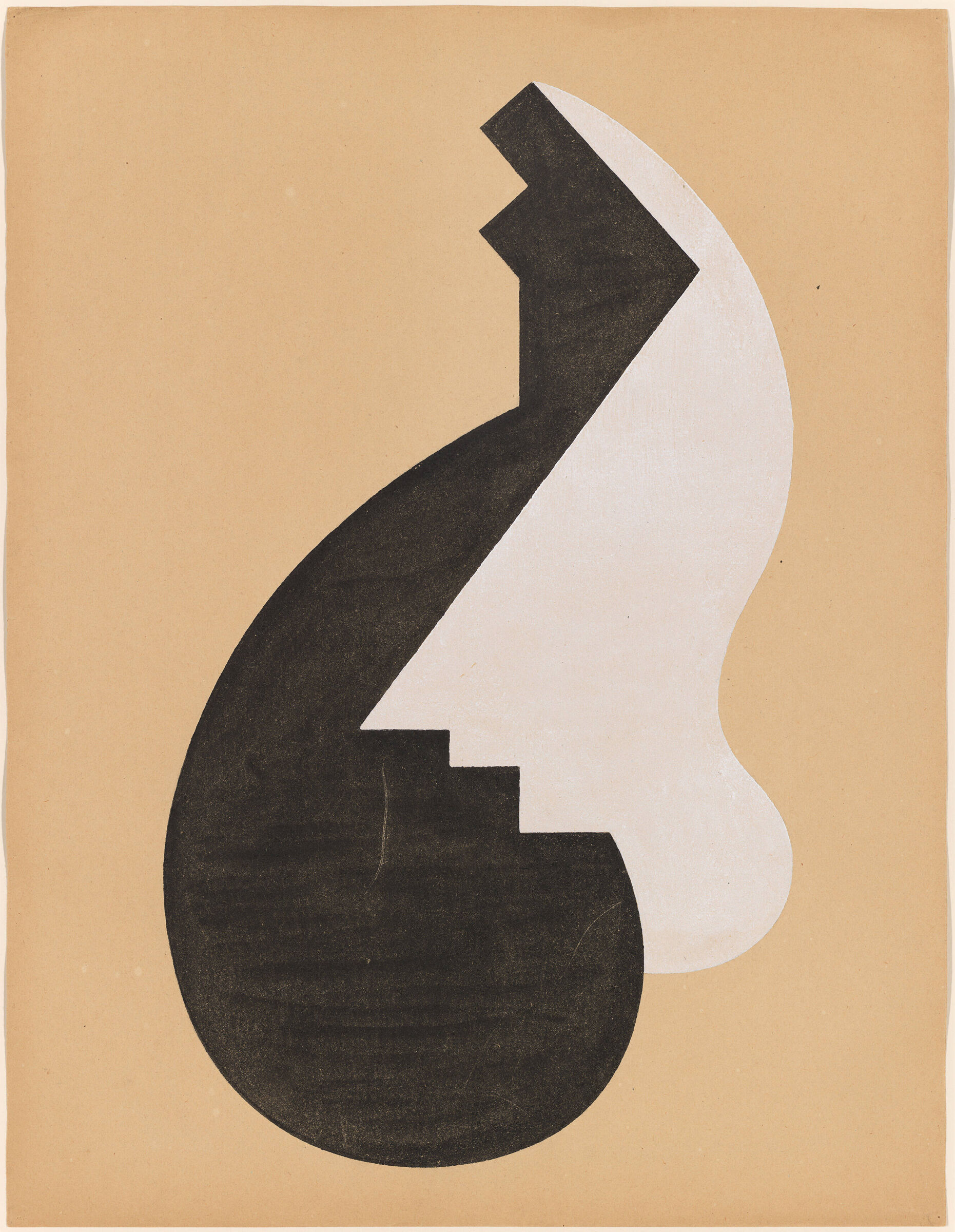At the Dawn of a New Age: Early Twentieth-Century American Modernism | Art & Artists
May 7, 2022–Feb 26, 2023
At the Dawn of a New Age: Early Twentieth-Century American Modernism | Art & Artists
Isamu Noguchi
13
Born 1904 in Los Angeles, CA
Died 1988 in New York, NY
Isamu Noguchi received a Guggenheim Fellowship in 1927 to study stone and wood carving in Paris and travel through Asia. He felt these experiences would help him become “an interpreter of the East to the West,” a goal that reflected his Japanese and American ancestry and childhood spent between Japan and the United States. Once in France he assisted sculptor Constantin Brancusi, who inspired him to create abstract artworks, beginning with a series of black-and-white gouaches—including Paris Abstraction—which he executed shortly after concluding his apprenticeship. These drawings, which Noguchi called “studies in a sculptural outline,” led to his first abstract sculptures, for which he would become world-renowned.
Paris Abstraction, 1927–28
Artists
- Richmond Barthé
- Ben Benn
- Albert Bloch
- Oscar Bluemner
- Patrick Henry Bruce
- Charles Burchfield
- Arthur B. Carles
- John Covert
- E.E. Cummings
- Imogen Cunningham
- James Daugherty
- Arthur B. Davies
- Stuart Davis
- Manierre Dawson
- Charles Demuth
- Isami Doi
- Aaron Douglas
- Arthur Dove
- Charles Duncan
- Yun Gee
- Marsden Hartley
- Rebecca Salsbury James
- Loïs Mailou Jones
- Taizo Kato
- Gaston Lachaise
- Blanche Lazzell
- Stanton Macdonald-Wright
- Man Ray
- John Marin
- Elie Nadelman
- Louise Nevelson
- Carl Newman
- Isamu Noguchi
- Chiura Obata
- Georgia O'Keeffe
- Walter Pach
- Agnes Pelton
- Nancy Elizabeth Prophet
- Henry Lyman Sayen
- Charles G. Shaw
- Harry Shigeta
- Henrietta Shore
- Pamela Colman Smith
- Joseph Stella
- Florine Stettheimer
- John Storrs
- Henry Fitch Taylor
- Helen Torr
- Jay Van Everen
- Adele Watson
- Max Weber
- Edith Clifford Williams
- Marguerite Zorach
- William Zorach

